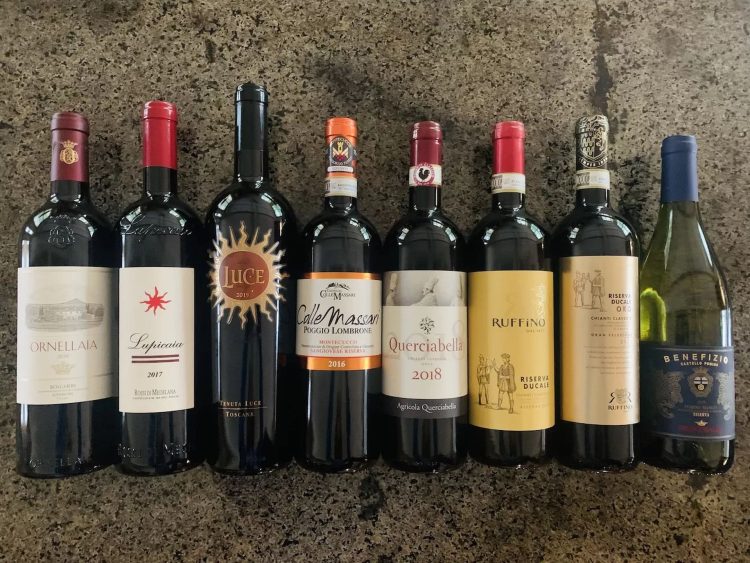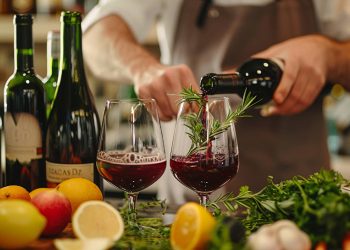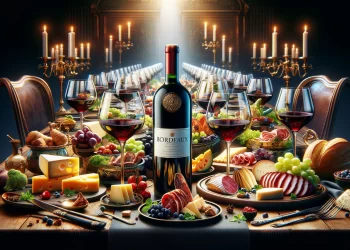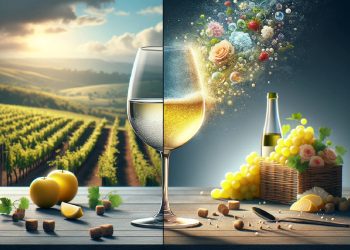With its rich viticultural heritage and stunning landscapes, Tuscany has long been celebrated as a premier wine region. The traditions of Tuscan winemaking have been passed down through generations, creating a legacy of excellence that continues to captivate wine enthusiasts worldwide. The delightful balance between tradition and innovation in Tuscan winemaking has resulted in a diverse range of wines that showcase the region’s unique terroir and grape varieties.
From the iconic Sangiovese-based red wines to the bold and complex Super Tuscans, Tuscany offers a world of exploration for those seeking to experiment with its delightful winemaking traditions. So, join us as we embark on a journey through the vineyards of Tuscany, where every sip holds the promise of discovery and the allure of centuries-old craftsmanship.
History of Tuscan Winemaking
The history of Tuscan winemaking can be traced back to ancient times, with viticulture in the region dating back to settlements by the Etruscans in the 8th century BC. Tuscan winemaking has since evolved and flourished, giving rise to some of the world’s most renowned wines, such as Chianti, Brunello di Montalcino, and Vino Nobile di Montepulciano, all of which are made primarily from the Sangiovese grape.
Tuscan winemaking has a rich and storied past, with influences from various civilizations that have inhabited the region over the centuries. The Etruscans, Romans, and even the Tuscan nobility have all significantly shaped the region’s winemaking traditions.
Chianti, one of Tuscany’s most famous wines, has a history that dates back to the 13th century. It was initially produced in the Chianti region, which is located between Florence and Siena. On the other hand, Brunello di Montalcino hails from the town of Montalcino and is known for its bold and powerful character. Vino Nobile di Montepulciano, originating from the town of Montepulciano, showcases the elegance and finesse of Sangiovese.
Sangiovese, the dominant grape variety in Tuscan winemaking, is known for its high acidity, moderate tannins, and red fruit flavors. It thrives in the region’s diverse microclimates and soils, contributing to Tuscan wines’ unique characteristics.
The history of Tuscan winemaking is a tapestry of tradition, innovation, and a deep connection to the land. It is a testament to the enduring appeal of the region’s wines, which continue to captivate wine enthusiasts and foster a sense of belonging to a rich and vibrant winemaking heritage.
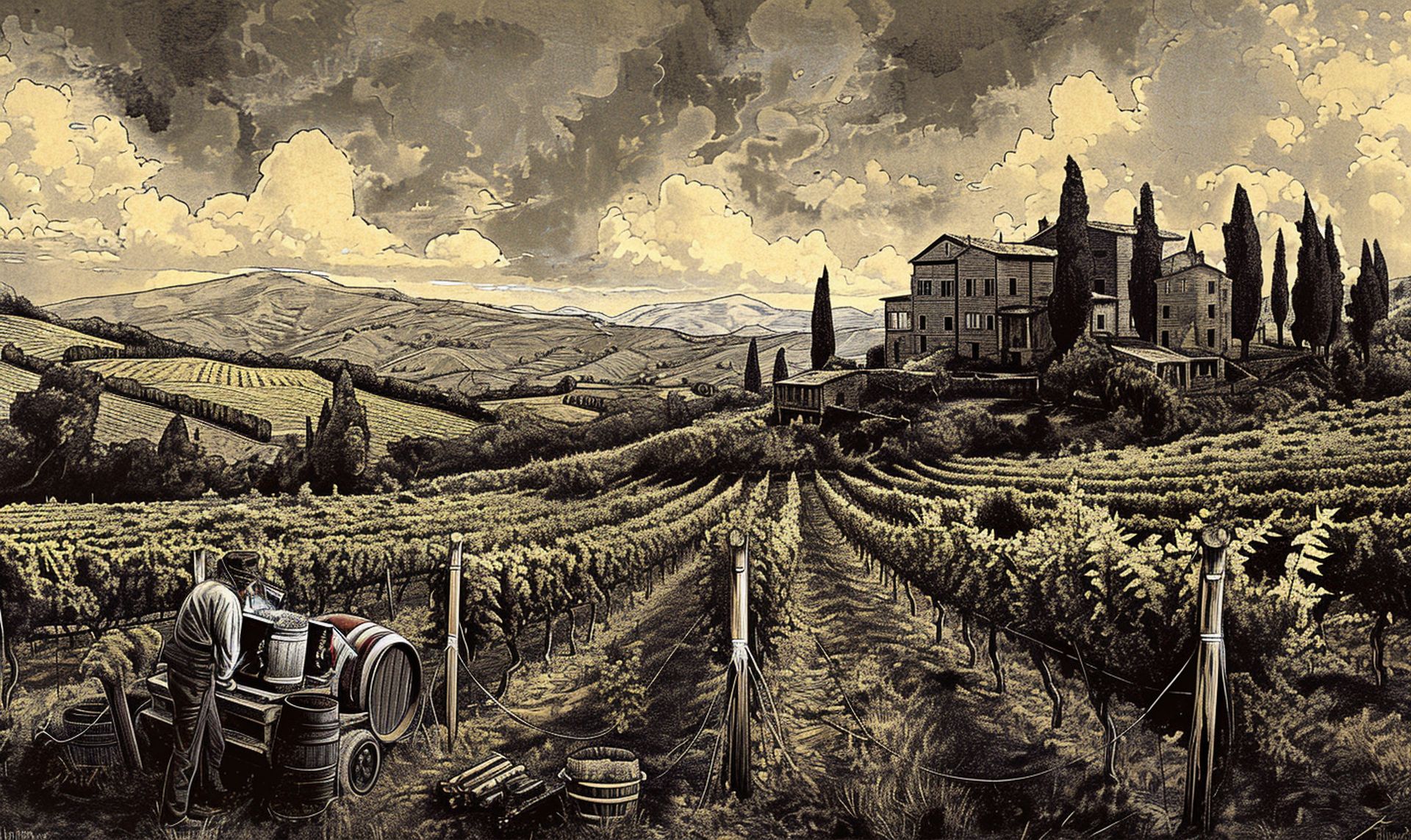
Understanding Tuscan Terroir
To truly understand Tuscan wines, it is essential to grasp the concept of terroir. The diverse terroir of Tuscany, with its varying climate conditions and hilly terrain, plays a significant role in shaping the characteristics of the region’s wines. Each wine region within Tuscany has its own unique terroir, allowing for the cultivation of different grape varieties and resulting in a wide range of wine styles. By exploring the terroir of Tuscany, wine enthusiasts can gain a deeper appreciation for the complexity and diversity of ‘wine from Tuscany’.
The Regions of Tuscany and Their Wines
Tuscany’s diverse regions showcase the unique terroir that contributes to the distinct characteristics of their renowned wines. Each region in Tuscany has its own wine traditions, grape varieties, and wineries, making it a fascinating destination for wine enthusiasts. The main wine regions in Tuscany include Chianti, Brunello di Montalcino, Vino Nobile di Montepulciano, Bolgheri, and Vernaccia di San Gimignano. In Chianti, Sangiovese is the dominant grape variety, producing classic red wines. Brunello di Montalcino is known for its rich and powerful Sangiovese-based wines.
Vino Nobile di Montepulciano offers elegant and refined expressions of Sangiovese. Bolgheri is renowned for its Super Tuscan wines, which blend international grape varieties with Sangiovese. Vernaccia di San Gimignano is a white wine region producing crisp and refreshing wines from the Vernaccia grape. Exploring these diverse regions allows wine lovers to experience Tuscan winemaking’s rich history, traditions, and unique flavors.
Exploring Sangiovese: The Heart of Tuscan Wine
Sangiovese, the queen of Tuscan grape varieties, takes center stage in the heart of Tuscan wine production. With its diverse clonal varieties, Sangiovese contributes to the distinct characteristics of Tuscan red wines. From the vibrant and fruity Chianti to the robust and age-worthy Brunello di Montalcino, Sangiovese plays a pivotal role in crafting the iconic wines that define the Tuscan winemaking tradition.
Varieties of Sangiovese in Tuscany
The diverse region of Tuscany in Italy boasts an array of Sangiovese grape varieties, each contributing its own unique characteristics to the heart of Tuscan wine production. This noble grape is the backbone of Tuscan winemaking, renowned for its ability to express the terroir and produce wines with elegant structure and vibrant acidity. Here are some of the notable Sangiovese varieties found in Tuscan vineyards:
| Sangiovese Varieties | Characteristics |
|---|---|
| Sangiovese Grosso | Used in Brunello di Montalcino, known for its bold and complex flavors, with notes of dark cherry, plum, leather, and earthiness. |
| Sangiovese Piccolo | Used in Chianti, it has bright red fruit flavors, lively acidity, and a medium body. |
| Sangiovese Romagnolo | Grown in the Romagna region, it produces wines with intense red fruit flavors and floral notes. |
| Prugnolo Gentile | Found in Vino Nobile di Montepulciano, it offers rich cherry flavors, firm tannins, and a long finish. |
| Sangiovese di Lamole | Grown in the Lamole area, it produces wines with elegant aromas of violets, red berries, and herbs. |
These Sangiovese varieties showcase the diversity and complexity of Tuscan wine flavors. Whether you prefer Brunello di Montalcino’s boldness or Chianti’s vibrancy, there is a Sangiovese wine for every palate in Tuscany. Embrace the heritage and tradition of Tuscan winemaking by exploring the wide range of Sangiovese varieties this enchanting region offers.
The Role of Sangiovese in Tuscan Reds
A key component in the production of Tuscan red wines, the Sangiovese grape plays a vital role in shaping these renowned wines’ distinct flavors and characteristics. Sangiovese is the most prominent grape variety in Tuscany and is known for its ability to express the terroir of the region. With its high acidity and medium tannins, Sangiovese wines from Tuscany offer a perfect balance of fruitiness and structure.
This versatile grape can be found in various styles of Tuscan reds, from the traditional Chianti to the prestigious Brunello di Montalcino. Tuscany’s wine cellars are filled with aging Sangiovese wines, known for their complex aromas of cherries, plums, herbs, and long, elegant finishes. Whether enjoyed on its own or paired with Tuscan cuisine, Sangiovese is the heart and soul of Tuscan reds, capturing the essence of this iconic wine region.
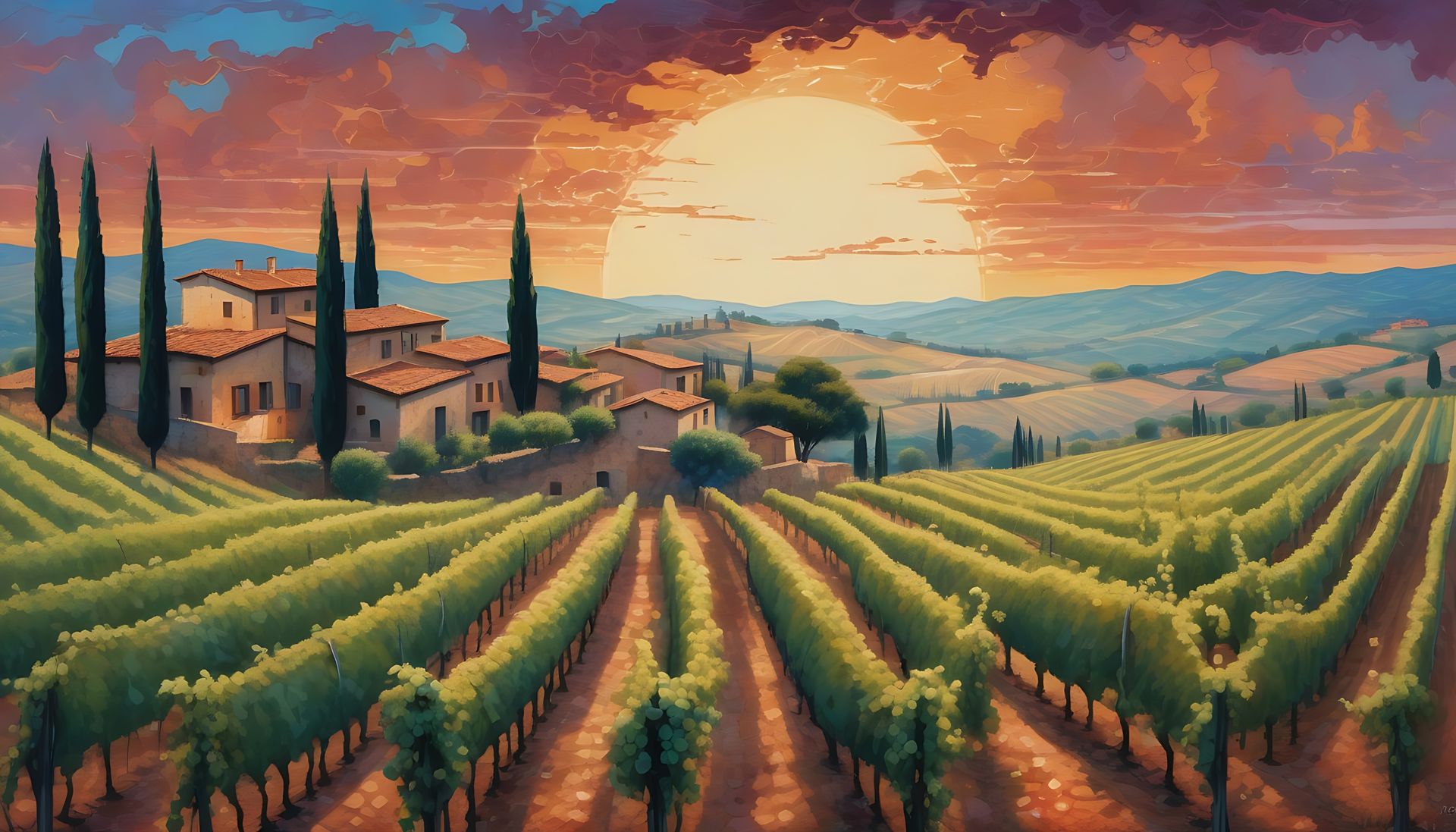
The Rise of Super Tuscan Wines
The rise of Super Tuscan wines marks a significant departure from traditional winemaking practices in Tuscany. These wines, pioneered by iconic producers like Tenuta San Guido and Marchesi Antinori, blend non-traditional grape varieties such as Cabernet Sauvignon, Cabernet Franc, Merlot, and Petit Verdot. The result is a unique fusion of Italian tradition and international innovation, creating bold and complex wines that have captivated wine enthusiasts worldwide.
Understanding Super Tuscan Blends
Super Tuscan wines have revolutionized the winemaking industry in Tuscany, defying traditional practices and introducing innovative blends of grape varieties. These wines have gained immense popularity among wine enthusiasts, offering a unique and exciting taste experience. Here are three key aspects to understand about Super Tuscan blends:
- Non-Traditional Grape Varieties: Super Tuscan wines break away from the traditional use of Sangiovese and incorporate international grape varieties like Cabernet Sauvignon, Cabernet Franc, Merlot, and Petit Verdot. This blending of different grape varieties results in complex, robust flavors that set Super Tuscan wines apart.
- Italian Tradition Meets International Innovation: Super Tuscan wines represent a fusion of Italian winemaking traditions and international winemaking techniques. This combination creates both familiar and unique wines, appealing to wine lovers who appreciate the best of both worlds.
- Iconic Producers and Their Influence: Producers like Tenuta San Guido, Tenuta dell’Ornellaia, and Marchesi Antinori have played a significant role in shaping the character of Super Tuscan wines. Their commitment to quality and innovation has elevated Super Tuscan wines to global recognition.
Understanding Super Tuscan blends is essential for those seeking to explore Tuscan wines’ diverse and exciting world. Whether you’re planning a Tuscan wine tour or indulging in wine tasting in Tuscany, Super Tuscan wines are a must-try for wine enthusiasts looking for a memorable and distinct wine experience.
Notable Super Tuscan Producers
Notable producers have played a pivotal role in the rise of Super Tuscan wines, shaping the landscape of Tuscany’s winemaking industry. These producers have established themselves as leaders in the field, showcasing their expertise and passion for crafting exceptional wines. From renowned Tuscan wine cellars to prestigious Tuscan wine labels, these producers have built a reputation for excellence and innovation.
Some notable names in the industry include Tenuta San Guido, known for their iconic Sassicaia, and Tenuta dell’Ornellaia, recognized for their esteemed Ornellaia wine. Marchesi Antinori is another notable producer with a rich history in winemaking and a commitment to quality. These producers contribute to the success of Super Tuscan wines and actively participate in Tuscan wine estates and festivals, further enriching the Tuscan winemaking experience.
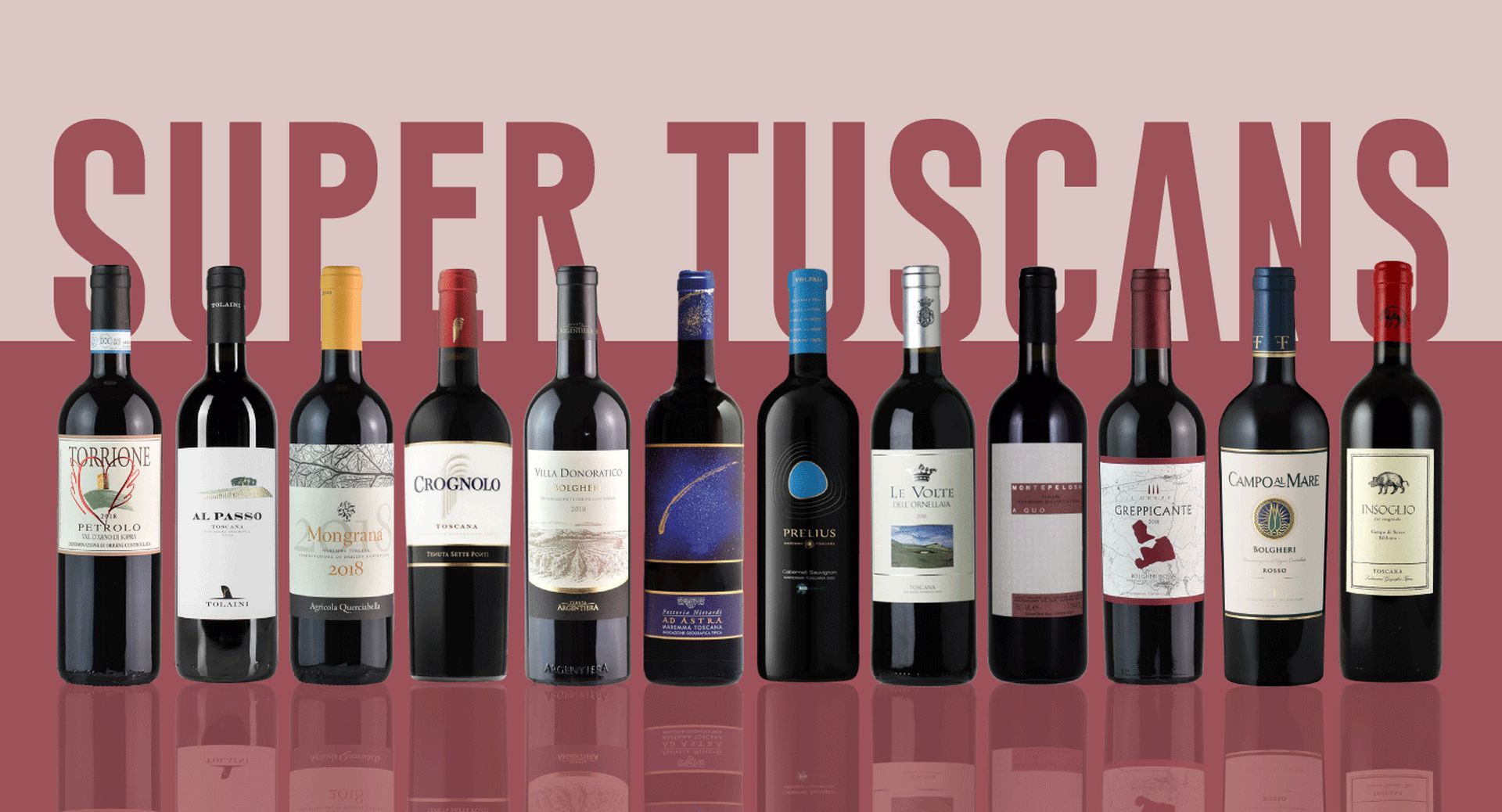
Tuscan Winemaking Techniques
Tuscan winemaking techniques encompass a blend of traditional and modern methods. While some winemakers still adhere to age-old practices, such as hand harvesting and natural fermentation, others have embraced modern technologies like temperature-controlled fermentation and stainless steel tanks. Additionally, the role of terroir, with its unique combination of climate, soil, and topography, plays a crucial role in shaping the flavors and characteristics of Tuscan wines.
Traditional vs Modern Methods
Winemaking in Tuscany has evolved over the centuries, with winemakers embracing both traditional and modern techniques to create exceptional wines. The blending of these methods allows for the preservation of Tuscan winemaking traditions while incorporating innovative approaches.
- Traditional Methods: Tuscany’s winemaking heritage is deeply rooted in tradition, with techniques passed down through generations. These methods include hand-harvesting grapes, using oak barrels for fermentation and aging, and practicing extended maceration for extracting flavors and tannins. These traditional methods honor the region’s history and contribute to the unique character of Tuscan wines.
- Modern Methods: In recent years, winemakers in Tuscany have embraced modern techniques to enhance the quality and consistency of their wines. These methods include temperature-controlled fermentation, using stainless steel tanks for aging, and introducing new viticultural practices to optimize grape health. Modern methods enable winemakers to have more control over the winemaking process and produce wines that reflect the desired flavor profiles.
- The Balance: The combination of traditional and modern methods allows winemakers in Tuscany to achieve a delicate balance between preserving the region’s winemaking heritage and meeting the demands of a contemporary market. This blend of techniques ensures that Tuscan wines continue to offer delightful and memorable experiences for wine enthusiasts around the world.
Wine From Tuscany: The Role of Terroir in Tuscan Wines
As winemaking in Tuscany continues to evolve, one crucial aspect that plays a significant role in the production of Tuscan wines is the unique and diverse terroir of the region. The terroir of Tuscany encompasses a range of factors, including the soil composition, climate, topography, and elevation, that collectively shape the character and flavors of the wines.
The region’s varied terroir allows for the cultivation of a wide variety of grape varieties, each expressing its own distinct characteristics. Tuscany’s terroir offers a rich tapestry of flavors and aromas, from the coastal areas with their temperate climate to the inland hills that provide optimal grape growth conditions. To better understand the influence of terroir in Tuscan wines, let’s explore a table showcasing the diverse terroir found in different wine regions of Tuscany:
| Wine Region | Soil Composition |
|---|---|
| Chianti Classico | Clay, limestone, and schist |
| Brunello di Montalcino | Alkaline, rocky, and clay soils |
| Bolgheri | Sandy, gravelly, and clayey soils |
| Vernaccia di San Gimignano | Calcareous and sandy soils |
| Vino Nobile di Montepulciano | Clay, sand, and volcanic soils |
The table highlights the varying soil compositions found in different wine regions of Tuscany, reflecting the diverse terroir that contributes to the distinctiveness of Tuscan wines. Whether it’s the classic elegance of Chianti Classico or the boldness of Brunello di Montalcino, the terroir of Tuscany plays a vital role in shaping and influencing the flavors and characteristics of ‘wine from Tuscany,’ making it a truly unique and delightful experience for wine enthusiasts.
Exploring Tuscany’s Wine Regions: A Guide
When it comes to exploring Tuscany’s wine regions, Chianti is undoubtedly the heartland of Tuscan wine. With its rolling hills and picturesque vineyards, Chianti offers wine enthusiasts a chance to discover the true essence of Tuscany’s winemaking traditions. Additionally, the region of Montalcino is famous for its Brunello di Montalcino wines, known for their exceptional quality and aging potential. These are just a few examples of the diverse and captivating wine regions that await visitors in Tuscany.
Chianti: The Heartland of Tuscan Wine
Chianti, the heartland of Tuscan wine, boasts a rich viticultural heritage and is renowned for its Sangiovese-based red wines. Here are three reasons why Chianti holds a special place in the hearts of wine enthusiasts:
- Tradition: Chianti has a long-standing tradition of winemaking that dates back centuries. The region’s winemakers have perfected the art of crafting Sangiovese-based wines, resulting in elegant and expressive expressions of the grape.
- Terroir: Chianti’s unique terroir, characterized by its hilly landscapes and Mediterranean climate, provides the ideal conditions for grape cultivation. The combination of warm days and cool nights allows the grapes to ripen slowly, resulting in wines with vibrant acidity and balanced flavors.
- Versatility: Chianti wines come in a range of styles, from the classic Chianti Classico to the more modern and robust Chianti Riserva. Whether you prefer a lighter and fruit-forward wine or a full-bodied and age-worthy bottle, Chianti offers something for every palate.
With its history, terroir, and versatility, Chianti continues to captivate wine lovers and showcase the timeless traditions of Tuscan winemaking.
Brunello di Montalcino and Others
Continuing our exploration of Tuscany’s wine regions, we now turn our attention to Brunello di Montalcino and other notable wines that showcase the region’s rich viticultural heritage. Brunello di Montalcino is a renowned red wine made exclusively from Sangiovese grapes grown in the village of Montalcino. Brunello di Montalcino is considered one of Italy’s most prestigious wines known for its intense flavors, complex aromas, and robust structure. It undergoes a lengthy aging process, typically for at least five years, resulting in a wine of exceptional quality and aging potential.
Other notable wines from Tuscany include Vino Nobile di Montepulciano, made from Sangiovese grapes in the Montepulciano area, and Carmignano, which blends Sangiovese with Cabernet Sauvignon. These wines exemplify the region’s commitment to quality winemaking, highlighting the unique terroir and grape varieties that contribute to Tuscany’s winemaking legacy.
Pairing and Enjoying Tuscan Wines
Understanding the art of food pairing is essential when it comes to enjoying Tuscan wines. The flavors and characteristics of Tuscan wines can be beautifully complemented by the right dishes, enhancing the overall dining experience. Additionally, knowing how to taste and appreciate Tuscan wines properly allows one to fully savor the intricate nuances and complexities these wines offer.
Food Pairings with Tuscan Wines
To fully appreciate the flavors and nuances of Tuscan wines, it is essential to pair them with the perfect culinary accompaniments. Tuscan cuisine offers a diverse range of dishes that beautifully complement the characteristics of the region’s wines. Here are three food pairings that showcase the best of Tuscan flavors:
- Bistecca alla Fiorentina: This iconic Tuscan dish is a thick-cut, juicy steak seasoned with salt and grilled to perfection. Pair it with a bold and tannic Sangiovese-based wine like Chianti Classico or Brunello di Montalcino to complement the rich flavors of the meat.
- Pecorino cheese: Tuscan wines, especially those made with Sangiovese, often have a good acidity that pairs wonderfully with the saltiness of Pecorino cheese. Enjoy a glass of Chianti or Vino Nobile di Montepulciano with aged Pecorino for a delightful combination of flavors.
- Ribollita: This hearty Tuscan vegetable and bread soup is a classic comfort food. Pair it with a light and fresh white wine like Vernaccia di San Gimignano or a Rosé from Tuscany to balance the earthiness of the soup.
How to Taste and Appreciate Tuscan Wine
Tuscan wines offer a sensory journey that can be fully appreciated through thoughtful tasting and pairing experiences. When it comes to tasting Tuscan wine, it’s important to engage all of your senses. Start by observing the wine’s appearance, noting its color and clarity. Then, gently swirl the wine in the glass to release its aromas. Take a moment to inhale deeply and identify the various scents. Next, take a small sip and let the wine coat your palate.
Pay attention to the flavors and textures you experience. Finally, consider the wine’s finish or aftertaste. Does it linger pleasantly or fade quickly? Consider pairing it with local cuisine to enhance your appreciation of Tuscan wine. The table below suggests some classic Tuscan dishes and the wines that complement them perfectly.
| Dish | Wine Pairing |
|---|---|
| Bistecca alla Fiorentina | Chianti Classico or Brunello di Montalcino |
| Pecorino Cheese | Vernaccia di San Gimignano |
| Pappa al Pomodoro | Chianti or Sangiovese |
| Truffle Pasta | Super Tuscan or Vino Nobile di Montepulciano |
| Cantucci (Almond Biscotti) | Vin Santo |
The Global Influence of Tuscan Wines
Tuscan wines have gained global recognition and influence in the international market. With their unique blend of tradition and innovation, these wines have captivated wine enthusiasts around the world. The distinct characteristics and flavors of Tuscan wines, particularly the Super Tuscan wines, have made them a sought-after choice for wine connoisseurs worldwide.
Tuscan Wine in the International Market
With its rich viticultural heritage and renowned Sangiovese-based red wines, Tuscany has significantly impacted the global wine market. Here are three ways in which Tuscan wine has influenced the international market:
- Increased demand: Tuscan wines, particularly Chianti, Brunello di Montalcino, and Super Tuscans, have gained popularity worldwide. Wine enthusiasts and collectors seek out these wines for their quality and unique characteristics, leading to increased demand and higher prices in the international market.
- Export success: Tuscany has successfully exported its wines to countries around the world. The reputation of Tuscan wines has allowed winemakers to establish a presence in international markets, enabling them to share their traditions and winemaking expertise with a global audience.
- Influence on winemaking techniques: The success of Tuscan wines has also influenced winemakers in other regions. The international market has embraced the use of Sangiovese and the blending of international grape varieties inspired by the innovative approach of Tuscan winemakers. This influence has resulted in the production of high-quality wines with a distinct Tuscan influence in various parts of the world.
Visiting Tuscany: A Wine Lover’s Paradise
When it comes to wine tourism, Tuscany is a dream destination for wine lovers. The region offers a plethora of wineries to visit, where visitors can immerse themselves in the rich wine culture and experience the delightful traditions of Tuscan winemaking. From planning a Tuscan wine tour to indulging in the local gastronomy and exploring the picturesque landscapes, Tuscany truly is a wine lover’s paradise.
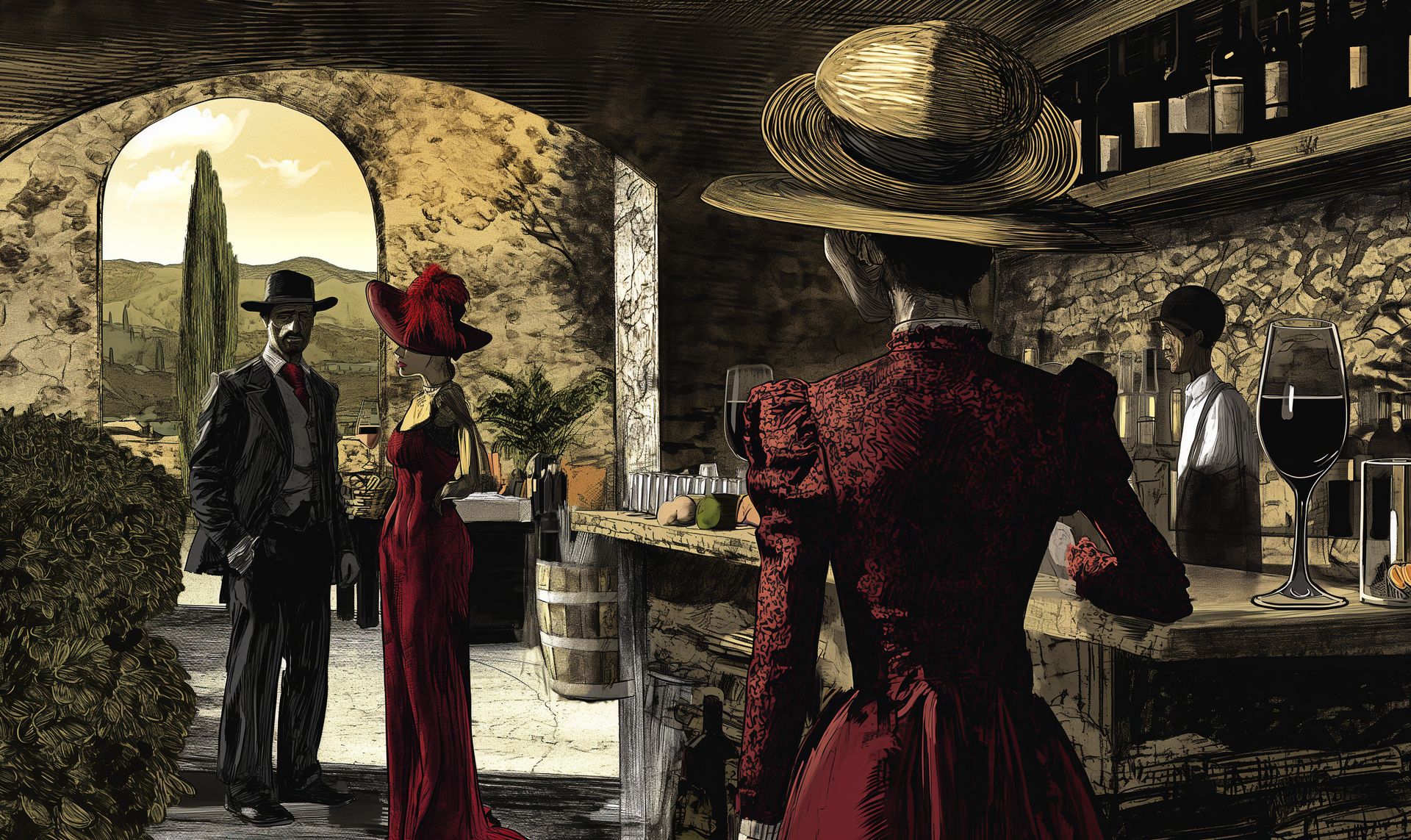
Planning a Tuscan Wine Tour
For wine enthusiasts seeking an unforgettable experience, a journey through the enchanting region of Tuscany offers a paradise of vineyards and wineries to explore. Planning a Tuscan wine tour immerses you in the rich traditions and breathtaking landscapes that make this region a wine lover’s dream. Here are three key considerations to make your Tuscan wine tour a truly exceptional experience:
- Research and Select Wineries: Tuscany has numerous wineries, each with unique offerings and ambiance. Take the time to research and select wineries that align with your preferences and interests. Whether you’re interested in visiting historic family-owned estates or modern, innovative wineries, Tuscany has something for everyone.
- Plan Your Itinerary: With so many wineries to choose from, it’s essential to plan your itinerary in advance. Consider factors such as location, wine styles, and guided tours or tastings to create a well-rounded and enjoyable experience. Don’t forget to leave time to explore the charming towns and picturesque countryside that Tuscany offers.
- Consider Hiring a Driver: Tuscany’s wine regions are often spread out, and navigating the winding roads can be challenging. To fully indulge in your wine-tasting experiences without worrying about transportation, consider hiring a driver or joining a guided tour. This will allow you to relax and fully appreciate the beauty of Tuscany while enjoying its world-renowned wines.
Embarking on a Tuscan wine tour is a journey that promises to delight all your senses and create lasting memories. With careful planning and an open mind, you can immerse yourself in this captivating region’s rich traditions and exquisite wines.
Experiencing Tuscan Wine Culture
Experiencing the vibrant Tuscan wine culture is a captivating journey that immerses wine lovers in a paradise of exquisite flavors, rich traditions, and breathtaking landscapes. In Tuscany, wine is not just a drink but a reflection of its rich history and the skill of its winemakers, who have perfected their craft for centuries. From the rolling hills of Chianti to the picturesque vineyards of Montalcino, Tuscany offers a sensory experience like no other.
Wine enthusiasts can explore ancient cellars, meet passionate winemakers, and indulge in tastings of renowned wines such as Chianti, Brunello di Montalcino, and Super Tuscans. The region’s wineries showcase the timeless allure of Tuscan wines, allowing visitors to feel a sense of belonging as they become part of the centuries-old tradition of winemaking in this magical land.
Blending the Traditions of the Past
The wines from Tuscany are like a journey through time, blending the traditions of the past with the innovation of the present. Each bottle tells a story of the region’s rich viticultural heritage and the expertise of its winemakers. Just as the picturesque landscapes of Tuscany captivate the eye, these wines captivate the palate with their bold flavors and complex profiles. By exploring the delightful traditions of Tuscan winemaking, one can truly experience the timeless allure of this remarkable region.
For a deeper dive into the world of fine wines, visit Encyclopedia Wines: Uncork brilliance and taste the encyclopedia.

